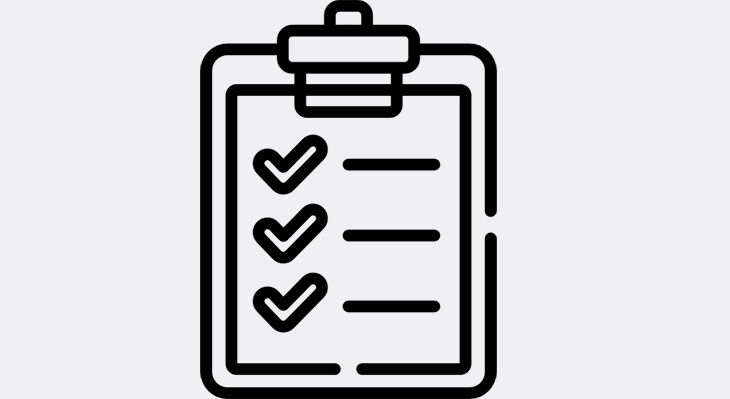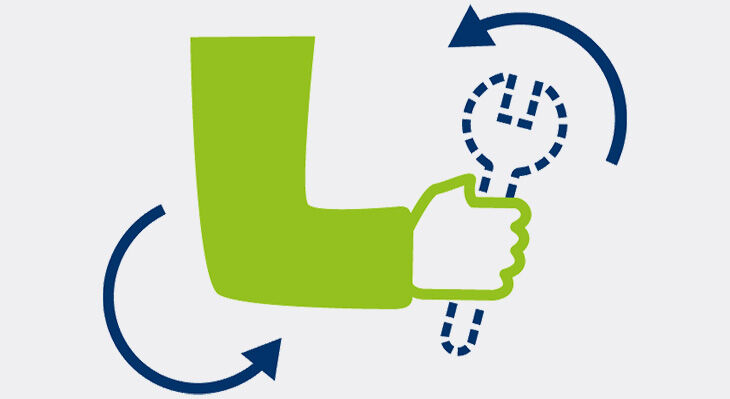International Roadshow
Online Toolbox AR/VR-enhanced learning in TVET
While the use of technologies such as Augmented (AR) and Virtual Reality (VR) offer entirely new approaches to teaching and learning, the development of technology-enhanced learning (TEL) applications requires considerable expertise. Most importantly, TEL can only generate benefits for learners, if digital learning applications are embedded in an appropriate pedagogical concept. To offer support and inspiration to TVET personnel, BIBB has worked with experts and partners from around the world to produce practical guidelines that showcase possible learning scenarios for AR/VR-enhanced learning in TVET and identify international project examples.
Planning the Use of AR/VR for TVET – A Practical Guide
This guide provides an introduction to the characteristics of immersive technologies and their opportunities for teaching and learning in TVET.
It offers:
- a systematic overview about technical and organizational prerequisites for using AR/VR in TVET;
- a step-by-step approach for defining suitable learning objectives and didactic methods;
- a checklist on content-related, technical, organizational and legal aspects that need to be taken into account for planning and implementation of AR/VR in TVET;
- an overview about 11 typical learning scenarios for AR-/VR-based learning with examples from VET practice in Germany.
You can directly access the chapters of interest here:

Introduction: Planning the Use of AR/VR in VET

Checklist AR/VR in TVET

Interaction with machines

Motor skills training

Working with avatars

Dealing with unfamiliar situations

Safety / accident prevention

Acquisition of professional competencies

Understanding nature and physics

Acquisition of social competencies

Assistance systems

Acting ethically

Using authoring tools
International AR/VR Project Examples
The examples are classified according to typical learning scenarios that have been described in the Practical Guide.












